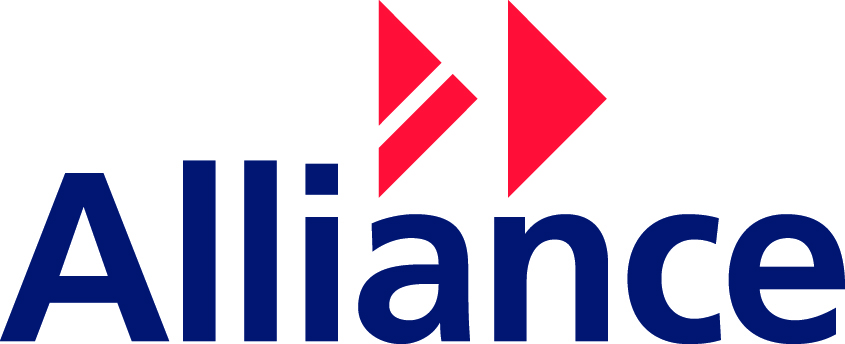The soft drink industry has greatly changed in the recent decades. From dispensing methods and premiumization to targeting more varied markets, the soft drinks industry is continuously evolving despite it’s already massive size.
The Pros and cons in using a syrup/tap dispenser or using bottled products
The most noteworthy difference between syrup/tap dispensers & bottle drinks is the difference in cost per drink. Dispenser drinks are significantly cheaper. Using a 12 litre syrup box of cola drink for example will allow you approximately 134 servings of 330ml drinks. For filling up 500ml glasses, you’ll get around 88 servings. The amount of ice used could lead to even more. Depending on your dispenser equipment, you’ll be able to adjust the syrup-to-water ratio accordingly to assist your profit margins. Not only is using syrup/tap dispenser drinks more space efficient than storing dozens of bottles, you’ll be able to dramatically reduce your purchase costs.

However, some customers may notice the lack in quality or even the lack of syrup. Compared to a soft drink from a dispenser, a product from a bottle will be noticeably richer in syrup content, being much more flavourful. Some consumers may meet this taste difference positively, taking satisfaction in a lighter taste with fewer calories. On the other hand, those consumers who prioritise a stronger flavour in their soft drink may be discouraged with the lack of qualitative taste, possibly taking their business elsewhere.
Premiumization of soft drinks
Competition for soft drink dominance is more crowded than ever with the saturation of the market. Not just because there are so many players in the market, but because the rise of social media has allowed instant access to consumers, requiring more frequent and straight-to-the-point marketing tactics to grab and hold attention. The majority of soft drink advertising has consisted of brands using slogans consisting of several words or in small sentences. These are short and immediately to the point as to why these soft drinks are a premium offering compared to competitors.
Focusing on how their products need to meet their consumers’ needs in the most important out of all of the choices in the market, premiumization is both the effective and efficient solution. It makes soft drink products stand out in such a crowded yet easily-accessible market.
Soft drinks being aimed at adults
Adult-focused soft drinks are a small but growing market. Although targeting over 18’s with non-alcoholic soft drinks may have seemed an unlikely tactic 10 years ago, the need of an alternative has been more noticeable than ever, for older consumers who don’t feel the need to buy an alcoholic beverage to have a good time.
Whereas before packaging for non-alcoholic drinks in the past have seem mostly child-friendly, more effort has been put into adult soft drinks. If you look at the packaging for adult soft drink brands, you’ll see that premiumization has increasingly become a focal point, reminding the sober consumer that these choices of beverages are just as qualitative compared to their alcoholic counterparts. Due to the number of alcohol-free drinkers being on the rise, soft drink brands are now targeting what appears to be an untapped market of what appears to be a well of opportunity for manufacturers.
Selling soft drinks that are classed as “healthy”
Recent studies have shown that healthy options have become more favourable due to negative press towards sugar in recent years. Amongst consumers for premium soft drinks, half have been appealed to with reduced sugar selections.

The call for healthier takes on soft drinks are also more vital than ever due to brands being at risk of missing out on consumer opportunities entirely. In August 2017, 1.77 billion litres of plain water were sold in the year to July 2017, over taking cola sales for the first time in the UK (1.72 billion litres sold). An ever-increasing focus on health is a sign that whilst taste may be an important factor in their buying decisions for drinks, a lack of balance between taste and health may divert consumers from soft drinks entirely.
Mocktails and how they can be promoted
Although the name stems from the light-hearted mocking of the traditional cocktail, we’re facing a sort of mocktail revolution, similar to the cocktail revolution in the mid 2000’s. “Mixology”, the term for using traditional cocktails as inspiration for original creations, is no longer applicable to drinks with spirits exclusively.

Being the designated driver to a restaurant or a night out doesn’t mean you’re only liquid choices are water, coke or lemonade. The rise in mocktail popularity signifies that consumers are looking out for a range of flavourful beverages whilst still wanting to drink less alcohol or no alcohol at all. The increased attention has even allowed bar staff the opportunity for experiments with their ingredients, continuously increasing the range of premium concoctions for their customers.
The new found popularity of mocktails could be further boosted by soft drink brands claiming their own stake of the market. With limitless recipes already featuring their products and resources for research and development at their own disposal, an official Coca Cola Mocktail, for example, could be possible. Marketing a range of mocktail products as their own take, soft drink manufacturers can spread awareness and generate interest in the concept.


